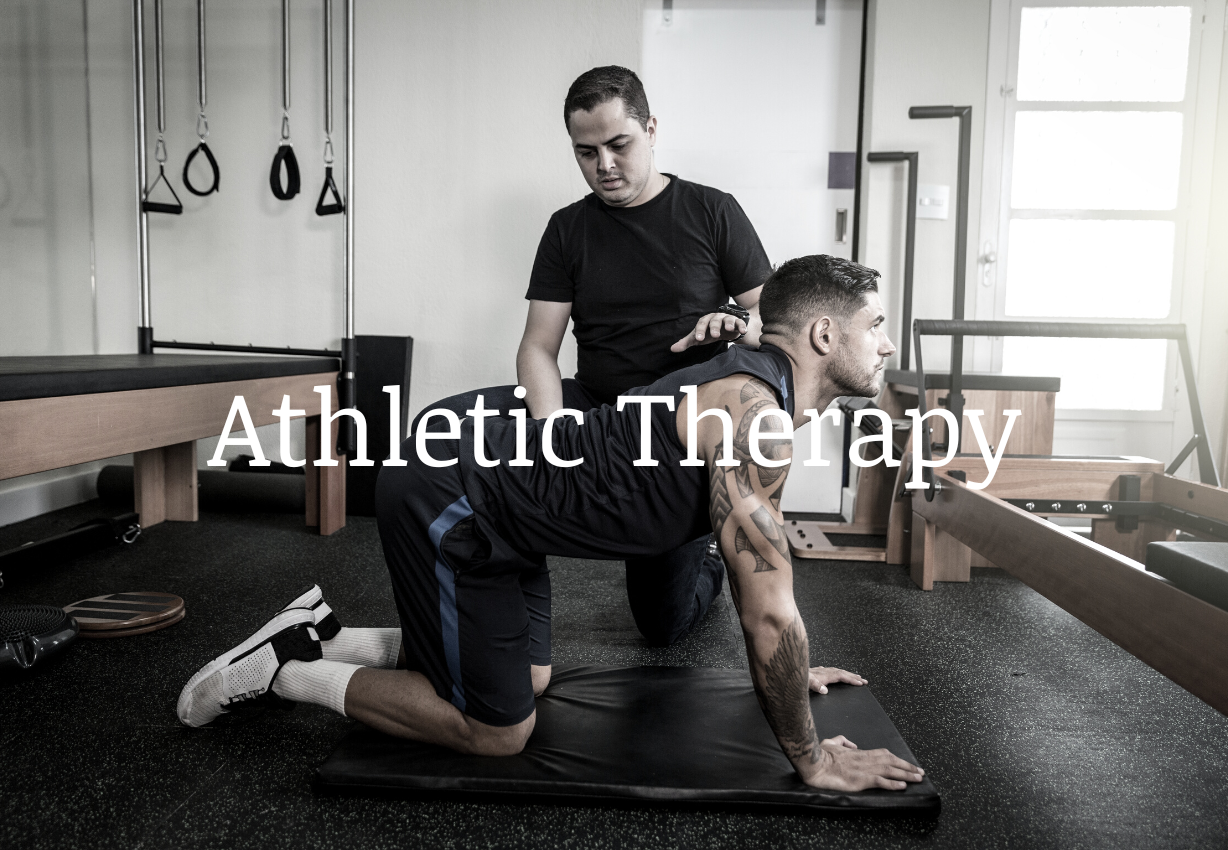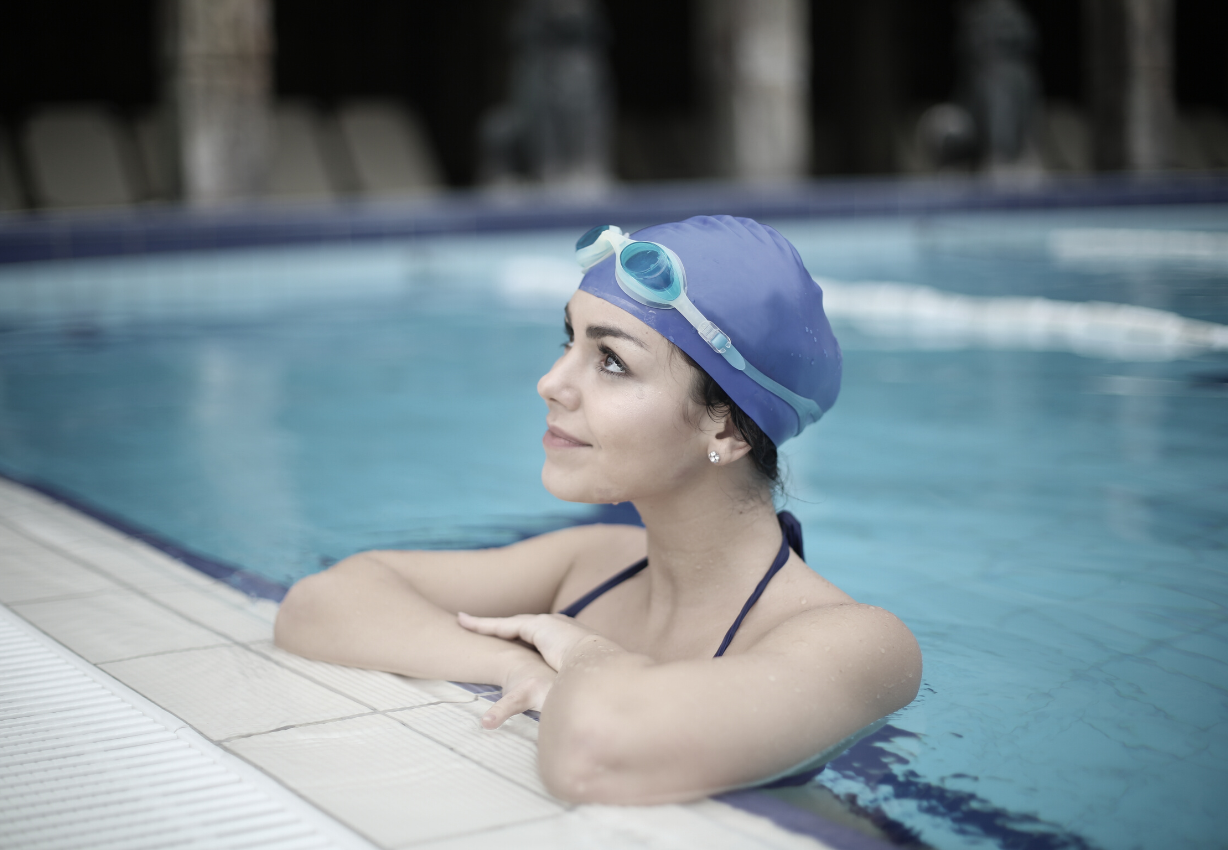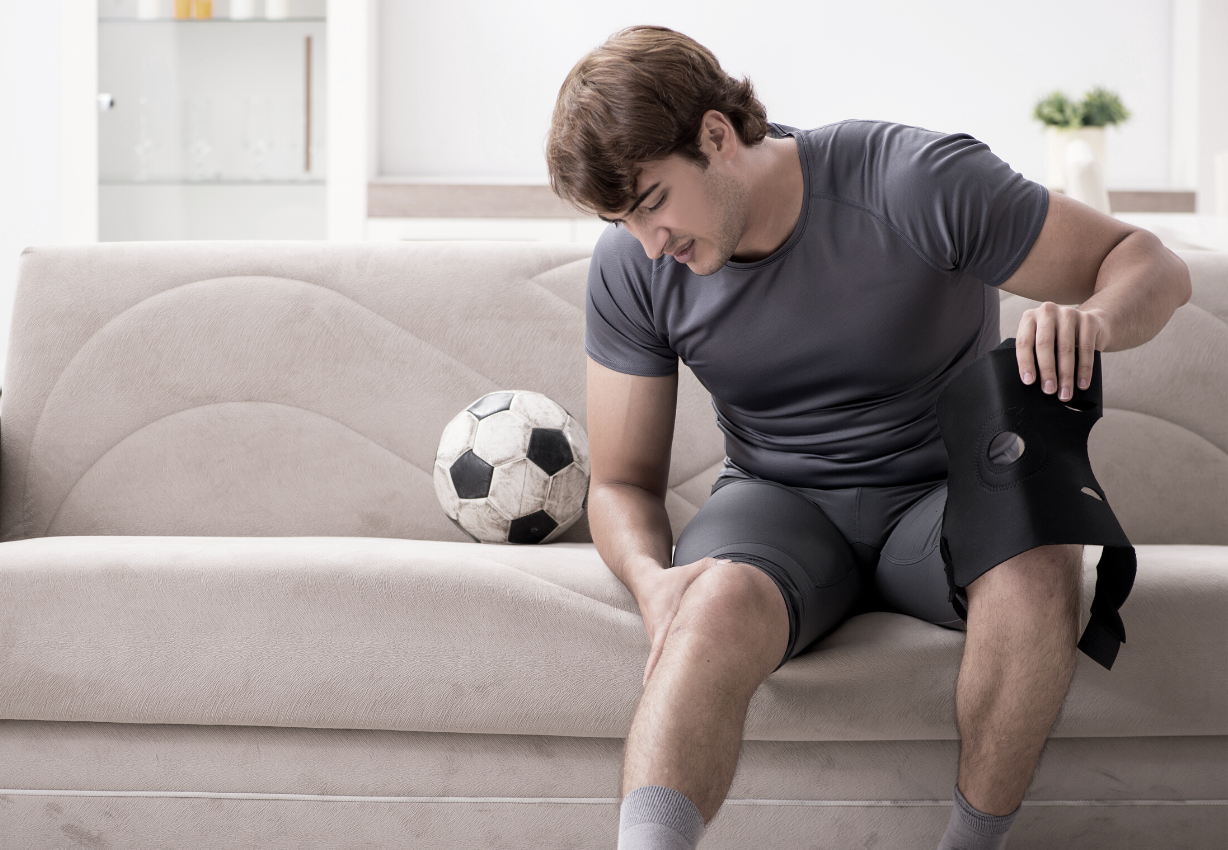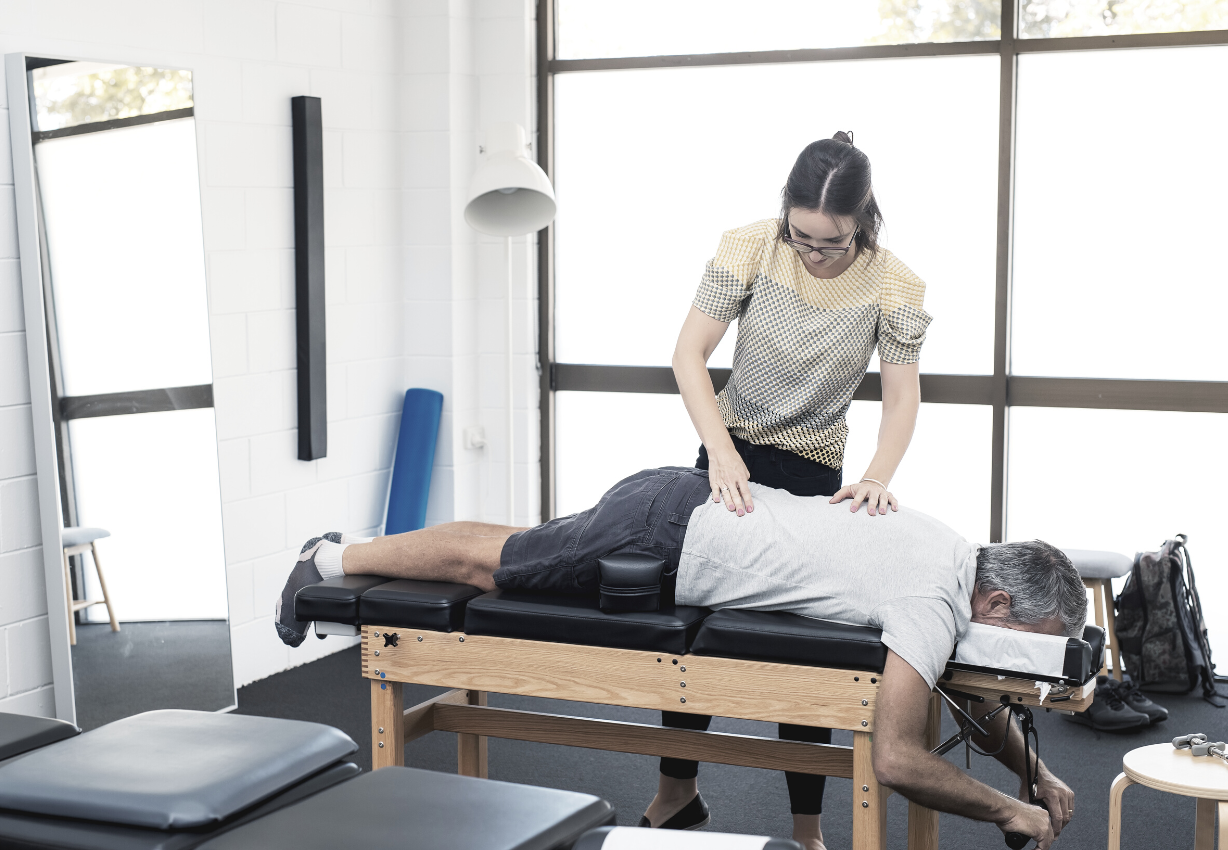Remedy Wellness Centre
Athletic Therapy in victoria
Athletic Therapy Victoria
For Athletes and Weekend warriors
Following a Sport Medicine Model of care, an Athletic Therapist utilizes manual hands on therapies, corrective exercise, physical reconditioning, taping and bracing in order to accelerate your sport perfomance or return to sport.
You’ve probably seen an Athletic Therapist on the sidelines with professional sports teams who responds to emergency situations on the court, field or ice. They also work with professional, high school, university/collegiate and amateur sports, in sport medicine clinics, fitness centres, insurance companies, and as orthopaedic bracing specialists.
The scope of practice of a Certified Athletic Therapist is based on a foundation of intensive training in the human musculoskeletal system, exercise physiology, biomechanics and emergency care. Theoretical and practical education prepares an Athletic Therapist to specialize in injury prevention, assessment, and rehabilitation in both on field sport settings, and clinical care.

Treatments

Athletic Therapy for Sport Performance
Athletic Therapists often work with runners, cyclists, swimmers and triathletes. Many come in with repetitive strain injuries due to endurance requirements. Golfers, Disk Golfers and Tennis Players often come in with rotation related issues due to the unilateral nature of these sports. Weight lifters and body builders often come in with joint, ligament or disk injuries from overloading or a need to improve smaller stabilizer engagement.
It doesn’t matter what your sport is. Athletic Therapists have a solid understanding of biomechanics and kinetic chains, which can be applied to any sport, any athlete and customized to fit your specific needs.

Athletic Therapy for Injury Rehabilitation
- Muscle Strains
- Ligament Sprains
- Contusions
- Concussions
- Repetitive Strain Injuries
- Rotator Cuff Tears
- Bursitis, Capsulitis, Fasciitis
- Tendonitis, Tendonosis, Tendosynovitis
- Disc Herniation and Facet Irritation
- Whiplash Associated Disorders
- Post Fracture Rehabilitation

Athletic Therapy for Return to Fitness
Athletic Therapists work with people of all fitness levels, including those returning to a more active lifestyle. Perhaps your goal is the gain mobility, strength or flexibility. Perhaps you work at a desk and it’s taking it’s toll. Perhaps you’ve had a baby and are returning to a fitness routine post c-section.
Whatever your level of fitness, our Athletic Therapist can help get you there efficiently and most importantly, safely!

Athletic Therapy Post MVA
Remedy Wellness Centre
What is Athletic Therapy For?
All Ages
All Fitness Levels
Injury Rehabilitation
Improving Sport Performance
Preventing Injuries
book online
Book an appointment online or by giving us a call!
